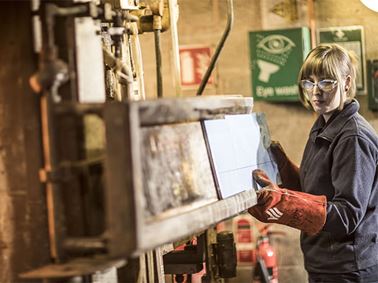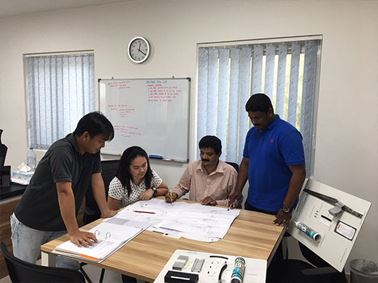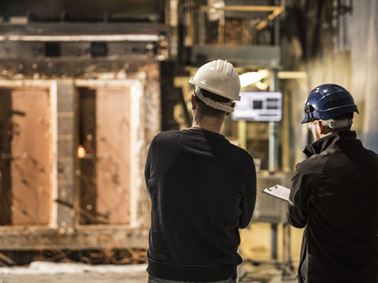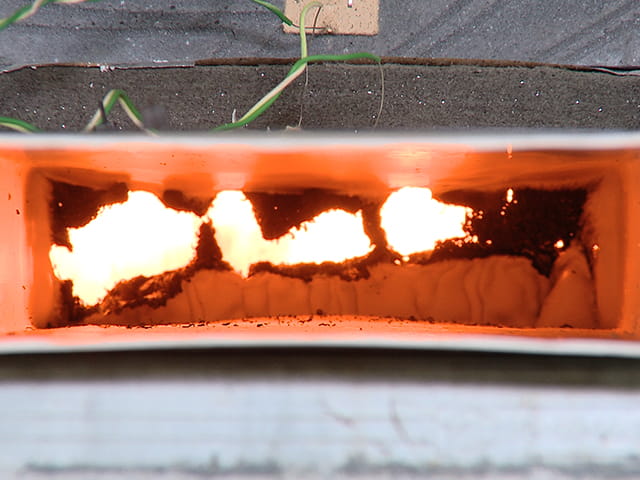Duct and damper testing services
Warringtonfire is accredited to perform fire resistance testing for ventilation ducts, fire dampers, smoke extraction ducts and smoke control dampers at its BELAC accredited laboratory in Gent.
We can offer combination testing where we can test a duct A and duct B to EN 1366-1 in the same test and have state-of-the-art equipment including extraction fans, orifice plate, bi-probe, oxygen measurements and pressure sensors.
These allow us to perform to the following standards:
- EN 1366-1: ventilation ducts (duct type A and B)
- EN 1366 – 2 This can also be conducted at our UKAS accredited laboratory in the UK
- EN 1366-12
- BS 476-24: ventilation/smoke extraction according to British Standard (this can also be conducted at our NATA accredited laboratory in Australia).
For smoke extraction ducts and smoke control dampers:
- EN 1366 – 8 multi-compartment smoke extraction duct (duct type C but you also need to have tested a type A and B to get the classification)
- EN 1366 – 9 single compartment smoke extraction duct
- EN 1366 – 10
Types of duct testing
The testing we perform essentially breaks down into two areas, ventilation and smoke extraction.
With ventilation fire duct testing, the duct’s primary function in-situ is either supply or extract within a ventilation system and it needs to be subject to fire resistance testing only if this ductwork will pass from a fire compartment, for example, through a corridor.
This ductwork needs to be tested under EN 1366-1 for types A and B.
The second type of duct testing is the smoke extraction, this is for ducts that are used to extract smoke from the building and as such should be fire tested under EN 1366-8 and EN 1366-9 for stability, integrity and insulation and these ducts not only need to be fire resistant but able to continue to perform its primary function whilst under fire conditions.
The final piece of duct testing that we perform falls under ventilation systems and this is to the BS 476 part 24.
The purpose of this is to measure the ability of a duct system to resist the spread of fire, from one fire compartment to another, without the aid of fire dampers. The test also relates to a complete ductwork installation and therefore joints, supports and the fire stopping through the furnace wall all form an integral part of the test.
Contact Details and Related Services
Our Services
SERVICES

Reaction to Fire
Find out how we help our customers to evaluate ignition, flame spread, heat release, smoke generation and toxicity for their materials, products and systems.

Fire Engineering
Find out more about how we can offer a range of fire inspection and engineering to complement our other services.

Certification
Find out how about our a range of fire and non-fire third party certification to complement our other services.
